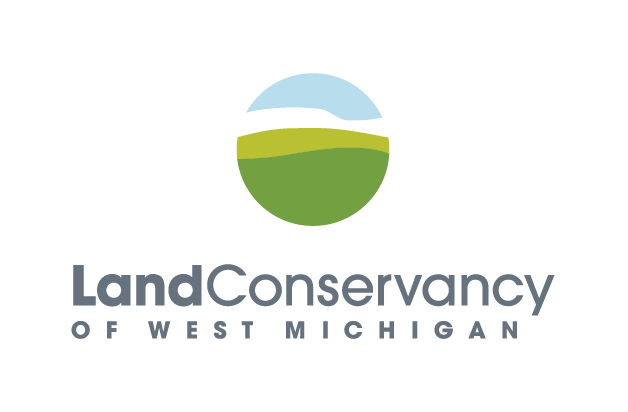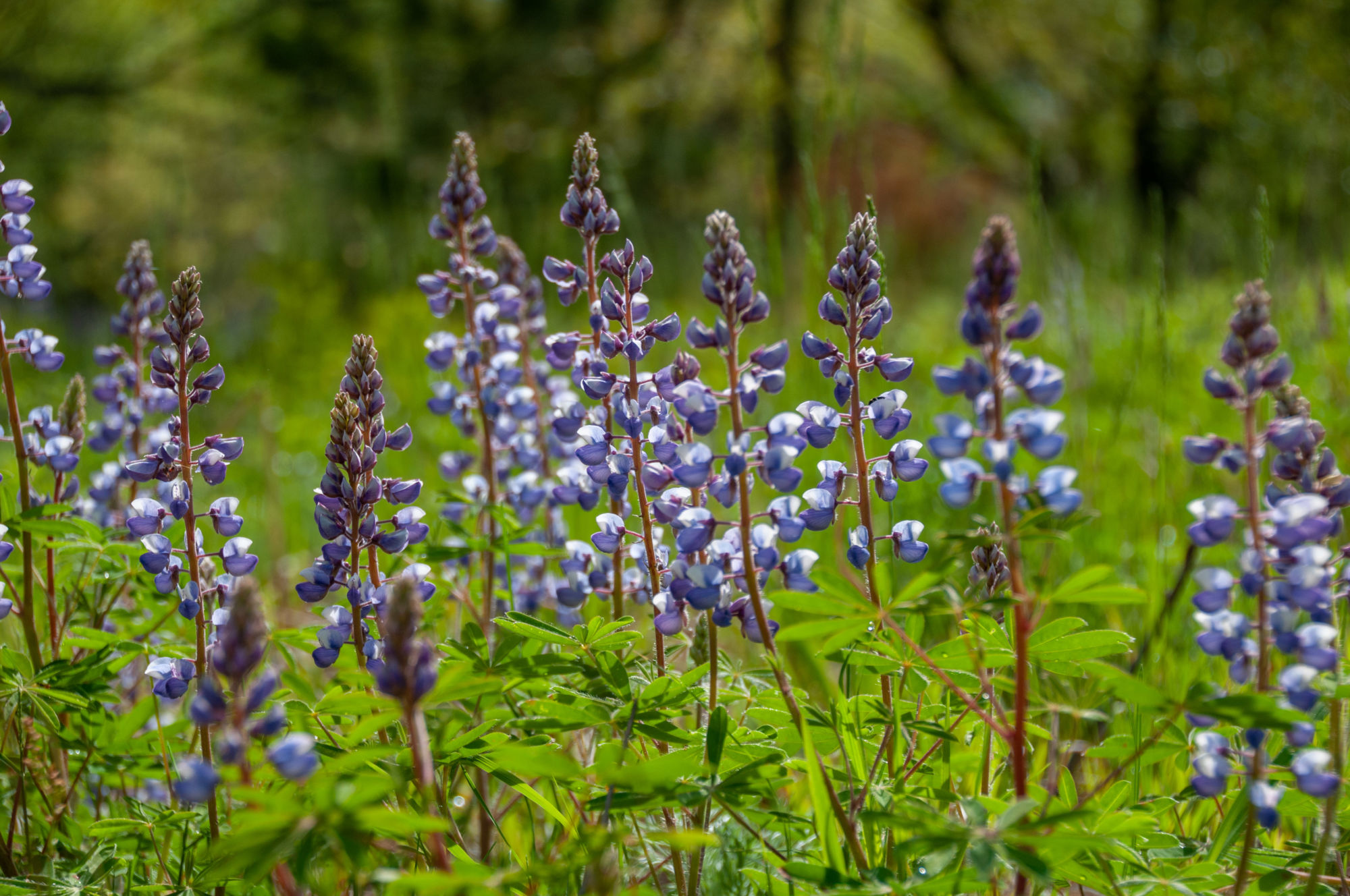
Highlands Restoration Underway
It has been just under a year since The Highlands, a partnership project with Blandford Nature Center, was turned toward a new future as a natural area. Already the landscape has experienced some significant changes. The manicured greens, fairways, and tee boxes that could be seen on the property in April didn’t take long to give way to the waist high grasses.
This dramatic transition was accompanied by wildlife emerging from the nooks and crannies of the course, expanding their territory with increased space to roam. Snapping turtles made the sandy greens and tee boxes their nesting ground (pictured below), foxes were seen playing in the overgrown sand traps, and turtles and frogs trekked across increasingly wild fairways.

As the Highlands continues to transition, it will need some guidance in order to promote a diverse plant and animal community. Eventually, a mosaic of native Michigan ecosystems will cover the entire landscape.
With funding from the United States Fish and Wildlife Service, this restoration process is already underway. Throughout this fall and next spring, USFWS and Land Conservancy staff will be creating a one-acre wetland and ten acres of surrounding grassland.

The restoration area is an eleven-acre catch-basin to the north of the clubhouse. After collapsing the underground drainage system, the heavy clay soils will retain water on the surface of the landscape and pool in the created wetland. The native grassland will surround the wetland and expand nearly all the way to the north parking lot of the clubhouse.
The entire plot was recently treated with an herbicide application to kill the thick layer of non-native turf grass that planted for use as a golf course. The dead grass will provide fuel for a controlled burn later this fall or early next spring. In combination, these two management techniques will provide the bare soil into which we will seed a mixture of native prairie grasses and wildflowers.

Over the next several years, the plot will slowly turn into a beautiful tall grass prairie (like the restored prairie pictured above at Saul Lake Bog Nature Preserve). The first year after planting, the plot will likely be inundated with short-lived weeds like Queen Ann’s Lace and Horseweed. In year two, the weeds will begin to give way to the faster growing prairie wild flowers, such as black-eyed-susan and bee balm. As the years go by, the prairie plants will develop deep reaching root systems and a greater diversity of species will appear, creating a stunning landscape of yellow, purple, and blue. When you visit the Highlands over the next several months, keep an eye out for progress on this exciting restoration project!





Robert Otte
We loved this well-written, informative article.
Susan Ledy
Went for a walk recently on the property on a windy, blustery winter day. Beautiful and snow covered, but could not find a trail and it was too windy to walk without protection from the woods. Perfectly situated to be able to move to the trails in the woods at Blandford Nature Center. This will be a treasure!